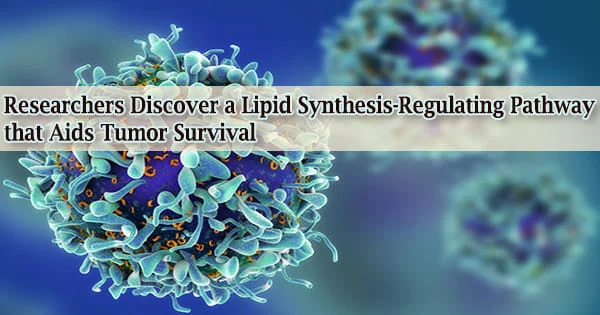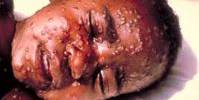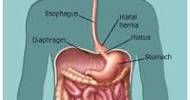Cancer is characterized by changes in metabolic processes, which might result in an acidic tumor environment. As a result, cancer cells must evolve in order to thrive in this hostile environment.
Moffitt Cancer Center researchers show that cancer cells in an acidic environment undergo lipid production and accumulation in a new study published in the journal Cell Reports. The researchers determined that these abnormalities are linked to poor outcomes and disease progression in breast cancer patients after identifying the essential signaling molecules responsible for these changes.
Cancer cells go through a number of alterations that help them survive and develop. Increased glucose breakdown is one of the defining alterations of cancer cells, which, when paired with inadequate blood supply, results in the formation of a highly acidic tumor environment.
Cancer cells adapt to survive in this environment by activating the self-degradation and recycling process known as autophagy, as well as accumulating lipid fat droplets.
Lipid droplets are critical regulators of energy, metabolism, and signal transmission, but scientists aren’t sure how they collect in tumor cells or what effect they have on cancer survival and progression.
To better understand lipid droplets in cancer, Moffitt researchers conducted a series of laboratory experiments using cell lines and mice models. They discovered that in acidic circumstances, breast cancer cell lines produce intracellular lipid droplets that express the PLIN2 lipid droplet biomarker protein.
Recent studies have established reprogramming of lipid metabolism as an emerging hallmark of many cancers, providing opportunities for therapeutic targeting. Many lipid inhibitors are being investigated as anticancer drugs in clinical trials. Our studies provide a strong foundation for future investigations that will lead to a more detailed characterization of the role of OGR1 in ER stress response, autophagy, and lipogenesis in animal models and human breast tumors.
Smitha Pillai
When the presence of an acidic environment was detected, a protein called OGR1 in the cellular membrane generated lipid droplets.
Following that, OGR1 activated downstream signaling via the proteins phospholipase C and PI3K/AKT, resulting in the production of lipid droplets from amino acid products that had been broken down into smaller components.
The scientists then intended to see how lipid droplets and OGR1 affected cancer biology. The acid sensing receptor OGR1 is extensively expressed in breast cancers and has a strong link to disease progression.
They were able to lower lipid droplet levels, limit stress responses and cell proliferation in acidic circumstances, and diminish tumor growth in mice by targeting OGR1. Furthermore, increased expression of the lipid droplets biomarker PLIN2 was linked to shorter survival and disease progression in breast cancer patients, according to the researchers.
These findings imply that OGR1-mediated lipid droplet production is a key contributor to tumor development and could be a target for anti-cancer therapies.
“Recent studies have established reprogramming of lipid metabolism as an emerging hallmark of many cancers, providing opportunities for therapeutic targeting. Many lipid inhibitors are being investigated as anticancer drugs in clinical trials. Our studies provide a strong foundation for future investigations that will lead to a more detailed characterization of the role of OGR1 in ER stress response, autophagy and lipogenesis in animal models and human breast tumors,” explained Smitha Pillai, Ph.D., lead study author and a research scientist in the Cancer Physiology Department at Moffitt.
This study was supported by the National Institutes of Health (R010-17536-99-02, R01-DK105346, P41-GM122698, 5U2C-DK119889, P30-CA076292), the Florida Department of Health Bankhead-Coley Cancer Research Program, the Florida Breast Cancer Foundation, the McKnight Brain Institute at the National High Magnetic Field Laboratory’s Advanced Magnetic Resonance Imaging and Spectroscopy Facility (National Science Foundation Cooperative Agreement DMR-1644779) and the European Research Council Consolidator Grant “Survive” (723997).
















